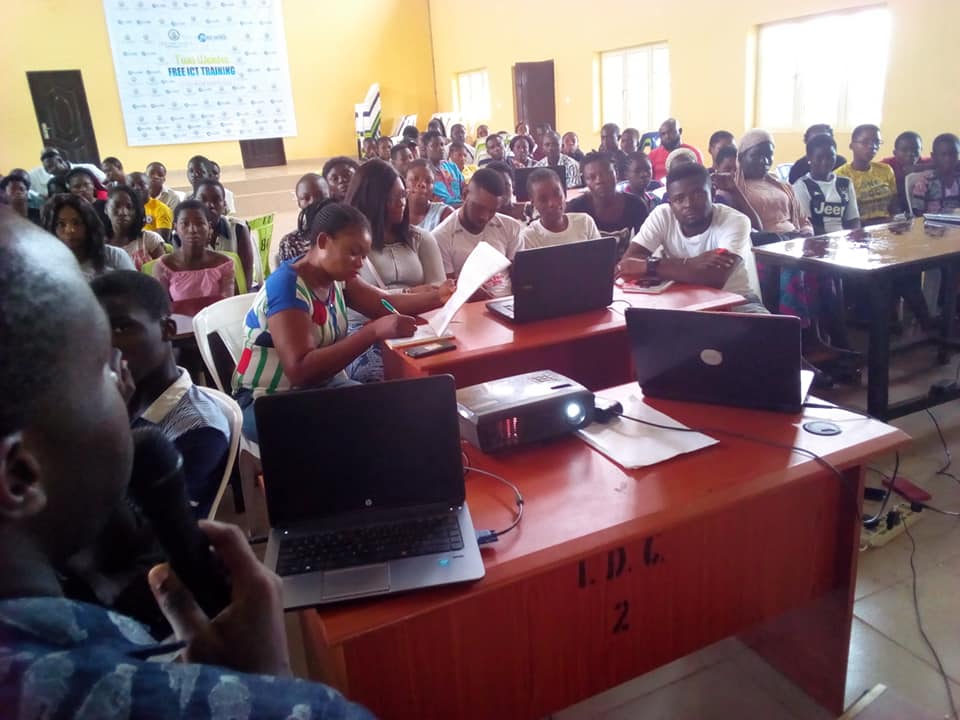A youth development framework is an approach to working with young people that encompasses four things: it is designed to meet the developmental needs of youth, builds on their assets and potential, views young people as resources, and builds partnerships with youth to create positive, sustaining change.
The youth development framework is derived from common theories and approaches that strive to build a core set of skills, characteristics, and competencies on the individual as well as the organizational level that are needed to provide support and opportunities for all young people. By nature this framework is multi-faceted. No one person, institution, or organization acting alone can ensure that all youth acquire the assets, skills and support they need to succeed. It takes all of us working toward common goals and adhering to the common principles of youth development to make this happen.
There are 8 key principles of youth development. They are an organizational structure that is supportive of youth development, a safe, physical environment that is supportive of the youth and staff’s needs, a holistic approach to all youth, youth contribution and collaboration, supportive relationships, high expectations and clear limits, activities that are engaging and that foster learning, mechanisms in place to help youth move forward as young adults.
1. An Organizational Structure That Is Supportive of Youth Development
An organizational structure that is supportive to youth development encompasses five elements. First, the mission and vision statements of the organization promote youth development and a sizeable portion of the organization’s budget is allocated for direct services for youth. Second, staff and board members have a clear understanding of the organization’s mission and vision statement and direct their planning, advocacy efforts and services around this mission and vision. Third, the organization invests in staff development and training and staff’s input is encouraged and implemented. Fourth, all levels of staff are kept abreast of the organization’s goals, plans and changes. And fifth, the organization advocates around policy, funding and direct service issues as they relate to its constituents.
2. A Safe, Physical Environment That Is Supportive of the Youth and Staff’s Needs
A safe physical environment that is supportive of the youth and staff’s needs encompasses five elements. First, the actual building is physically safe, clean with good lighting and working facilities. Second, a safety and emergency plan is in place with all staff being trained in emergency procedures. Third, rules are published and displayed in a conspicuous place. Fourth, staff members are equipped with the supplies, equipment and space that they need to perform their job duties effectively. Fifth, youth have their own youth-friendly space where they can hang out while waiting for a worker.
3. A Holistic Approach To All Youth
Taking a holistic approach to all youth means at the very minimum your organization is doing these four things. Promoting cultural diversity with respect to ethnicity, social background, gender issues, sexual orientation and youth culture. Second, staff at all levels are reflective of the population that is being served. Third, the entire organization is orientated to the agency’s mission, vision goals and services by way of staff meetings, announcements and newsletters. Fourth, a referral system is in place by way of a directory of services as well as staff contacts to ensure that all youth get proper referrals when needed.
4. Youth Contribution and Collaboration
A critical component of the youth development framework is providing youth with opportunities for contribution and collaboration. This means: allowing youth to contribute their ideas for programs, services and special events and projects. Set up youth advisory councils and committees. Create volunteer and paid opportunities for youth. Develop community service projects in which youth plan and implement the tasks. Involve youth in advocacy efforts. Encourage youth to participate in civic events, forums and town hall meetings. Sponsor voter registration drives in collaboration with youth. Youth should also play a role in planning activities, decorating the space and orientating new youth to the program. Provide youth with membership cards, buttons or t-shirts to create a sense of ownership and identification with the program.
5. Supportive Relationships
All youth need adults in their lives who care about them and support them in their dreams, goals and aspirations. It is essential that the organization and its staff provide a caring climate where every young person has someone who he can talk to, tracks her progress, helps him set goals and connects her with resources when necessary. Second, there should be strategies in place for parental involvement and for parents to talk to staff about their concerns and challenges. Third, interactions with youth should be respectful, positive and appropriate. Fourth, there should be some degree of staff consistency. Lastly, confidentiality procedures should be clear and communicated to all youth.
6. High Expectations and Clear Limits
Youth service providers should have high expectations for youth and should model these expectations by way of their behavior at work. Focus on strengths. Clear limits should be set with consequences other than expulsion. All youth should receive a copy of the organization’s written code of conduct and staff should thoroughly go over the rules. Create ownership of the rules by setting up a youth court to help deal with problematic behavior.
7. Activities That Are Engaging and That Foster Learning
The organization should provide programs, services and activities that promote cognitive, social and emotional development. Build critical thinking, decision-making, team building and problem-solving skills into group and individual activities. Provide life skills training on topics such as: money management, employment readiness, time management and other important life skills. Make sure that activities are developmentally and age-appropriate for your target group. Make learning interesting by fostering curiosity and creativity.
8. Mechanisms In Place To Help Youth Move Forward As Young Adults
Build room in your programs for youth to transition towards adulthood. Programs should be provided for different age groups. When youth age out of one program they should be easily bridged into the next. Give youth more rights and responsibilities as they move up from one program into the next. Create volunteer opportunities and internships for older youth. Train older youth and hire them as paid staff. Create closure by way of formal rituals such as: graduations, awards ceremonies or a one-on-one termination session that creates closure for youth and helps them to plan their next steps. For some interesting, out-of-the-box, ideas on rituals and ceremonies you can refer to my book, “Her Rite of Passage: How To Design And Deliver A Rites of Passage Program for African-American Girls and Young Women.”
After you have spent some time familiarizing yourself with the 8 key principles of youth development, take a closer look at your organization and see how it measures up in terms of being supportive of the youth development approach. Then, share this information with your supervisor, your colleagues and people you supervise if you are a supervisor. And if your organization is not doing so already, then perhaps together you can make it an agency-wide or at least a program-wide effort to incorporate the 8 key principles of youth development into the different service areas of your organization.
Article Source: http://EzineArticles.com/441123
You can support us in achieving part of our aim of supporting youth development in our community…




